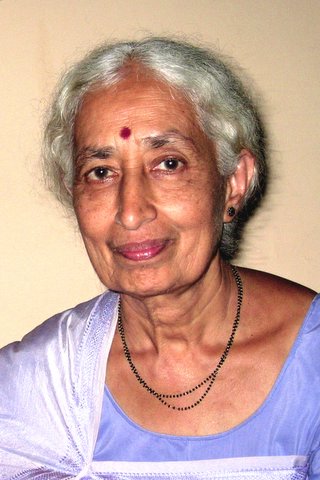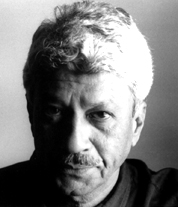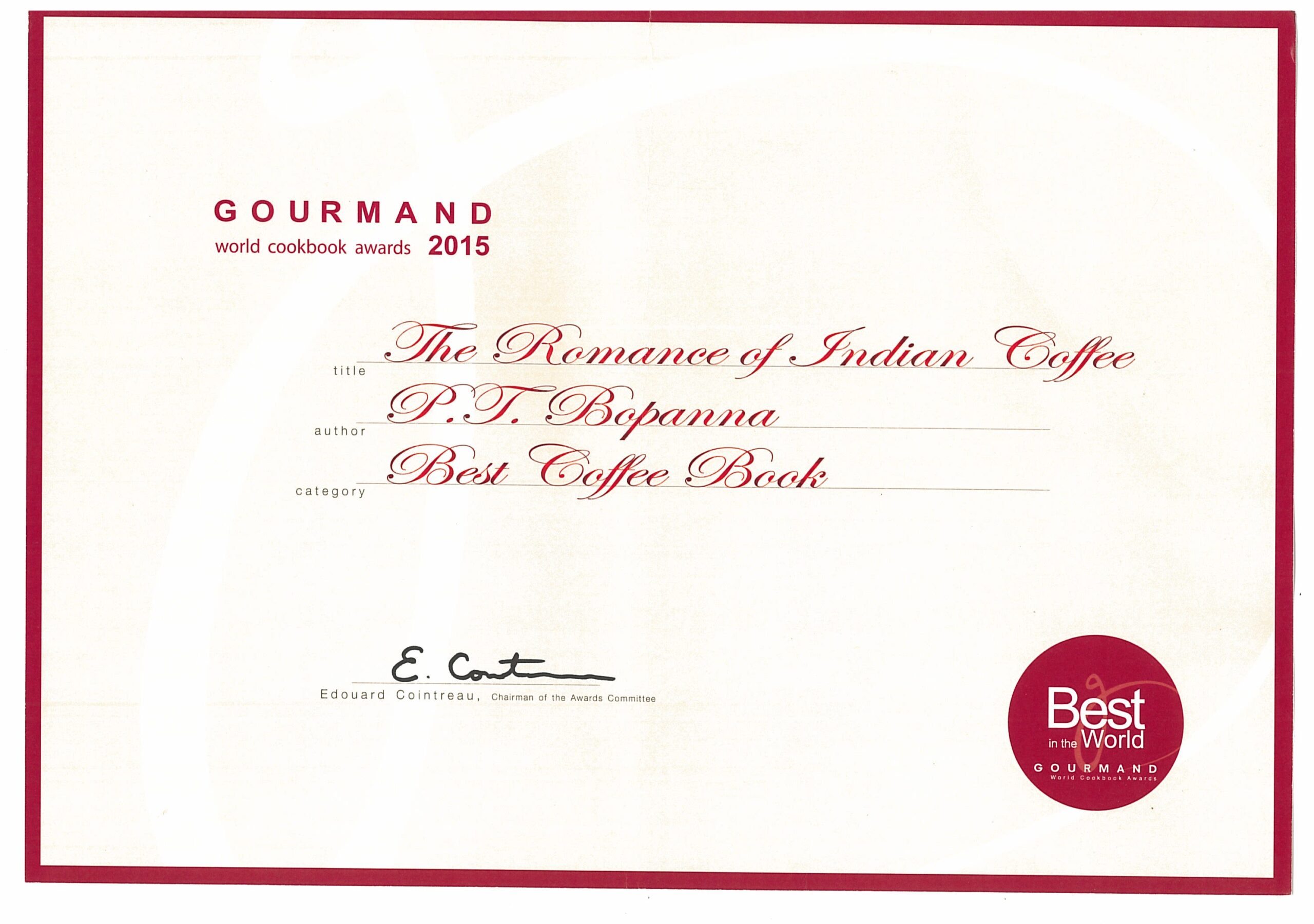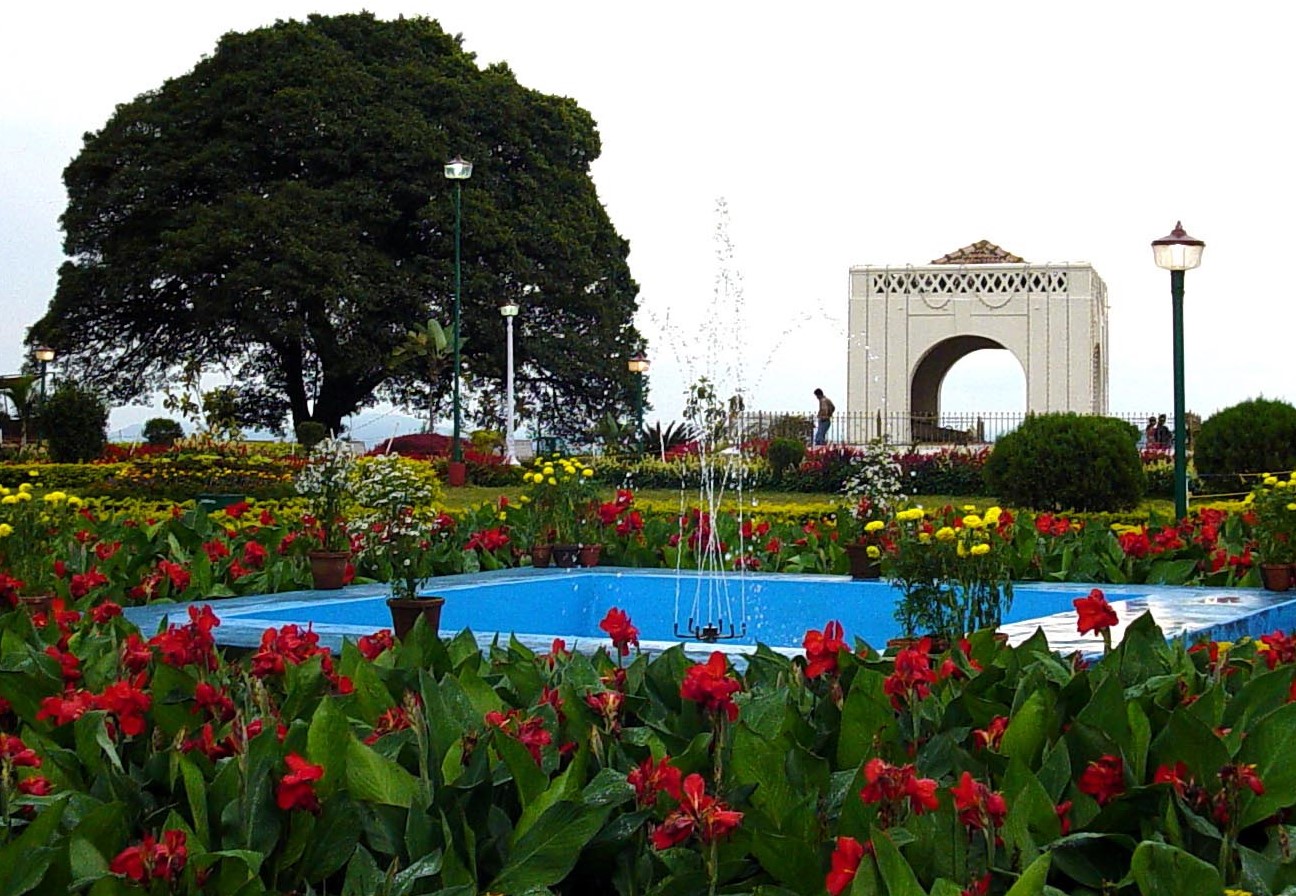
Blogs
An Introduction to Coorg Cuisine

The Coorgs’ (Kodavas) fondness for good food (kadi) and liquor (Kudi) is legendary. Go to their festivals and their weddings to see them enjoy their Kadi and Kudi while they regale themselves with their dance (Aat) and song (Paat).
As in any cuisine, Coorg food is influenced by the geography (hills and forests), history (shrouded in mystery) and culture (unique) of its people.
Coorgs are essentially rice eaters. Rice, which grows in abundance in the fertile valleys of Coorg (Kodagu), is their staple diet. They are fond of their “sannakki”, a fragrant variety of rice that they consider to be superior to the famous “basmathi” of the North. At harvest time, Sannakki paddy fields exude the delicious fragrance of melting ghee.
Coorgs use rice in a wide variety of traditional dishes that come in many shapes and forms. These range from their favourite breakfast dish, Akki Otti (rice chapathis made like phulkas from a dough of cooked rice and rice flour) to a large variety of Puttus (steam-cooked dishes). You can have Kadambuttu (ball shaped puttus), Thaliya puttu (flat puttus steamed in plates), Paaputtu (cooked with milk and shredded coconut), Nooputtu (thread puttu, pressed into noodle like threads with a mould), Od puttu (baked on a flat mud pan), Nuch puttu (made of broken rice), Madd puttu (made of a medicinal leaf called Madd Thopp : Justicia Wynaadensis Heyne of the Acanthaceae family), Koovale puttu made with ripe bananas or jackfruit and steamed in folded Koovale leaves or banana leaves), Thambuttu (roasted and powdered rice flour mixed with mashed ripe bananas) and Berambuttu (puttu made with jaggery).
And then there are a variety of rice Pulavs – from the simple, dainty Nei Kool (ghee rice garnished with raisins and nuts) to the more elaborate and spicy vegetable, chicken and mutton pulavs.
Coorgs are “pure” or “strict” non-vegetarians, as some of them like to call themselves. This obviously goes back to the times when they hunted the wild boar, deer and birds that populated their dense forests. Hunting, both for sport and food, was a popular pastime of the Coorgs. It is not as common now because of the depletion of the forests that have been cut down to plant profitable crops such as coffee, cardamom and pepper. Besides, current wildlife laws prohibit game hunting. Fish and crabs are caught in the paddy fields, ponds and streams that are found everywhere in Coorg. No Coorg meal is complete without at least one non-vegetarian dish. Pork is an all-time favourite, cooked as Pandi curry and served with Kadambuttu for breakfast, or with rice at other meals. Meat, chicken and fish, whether raised at home, bought from the market or hunted in the forest are cooked in a variety of ways with different combinations of spices. They may be fried, roasted, grilled or cooked as a curry with gravy. Meat and fish are also preserved by pickling or by salting, smoking and drying. A reed basket hung over the fireplace in the traditional Coorg kitchen held the salted meat or fish that was being smoke-dried. Dried meat and fish are used during the long monsoon season when stepping out of the house is nearly impossible. Dried fish and crab meat are also used to make spicy chutneys. Meat features in many traditions of the Coorgs – in the “meedi” offerings made to ancestors before a feast, in the “koopadi” taken by close relatives to an expectant mother, and in all festivals and ceremonies related to birth, marriage and death. Meat is taboo only during festivals, such as Kaveri Sankramana, that have been influenced by Brahmin traditions.
Coorgs are also partial to vegetable dishes that use produce from their forests and fields – Baimbale curry (made from tender bamboo shoots), Kumm curry (from wild mushrooms that were used in Coorg long before they became popular in the rest of the region), Therme Thopp curry (of the tightly coiled tender leaves of a variety of fern), Chekke curry (of unripe jackfruit) Chekke Kuru curry (of jackfruit seeds), Baale Kaamb curry (of the stem of the banana plant), Kemb curry (from the leaves of the colcosia plant), Kemb Kande curry (of the colcosia yam), Maange curry (of raw mangoes with spices and jaggery, plate-licking good if made from wild mangoes), Maange Pajji (made from ripe mangoes with curds and coconut – also delicious if wild mangoes are used), and the popular Mudure Kanni (a spicy gravy made from the thickened juice of boiled horse-gram). Chutneys are made not only from coconut, as in other cuisines, but from gingelly seeds, horse gram and jack fruit seeds. These chutneys go well with Akki Otti.
The basic ingredients of a traditional gravy for a Coorg Curry, whether vegetarian or non-vegetarian, is coconut, ground with onions, garlic and a selection of other spices. In the past, coconut oil was used for cooking. But because of the cholesterol scare, coconut oil is now used sparingly or not at all, and refined vegetable oil is substituted for coconut oil by many, resulting in a loss of the authentic taste of Coorg dishes.
Pickles made in Coorg traditionally do not use oil as a preservative. Spices and salt brine are used instead. Besides the common lime and mango pickles, Coorgs make pickles using pork, fish, Kumm (mushrooms), Baimbale (tender bamboo), Ambate (hog plums), Nellikai (goose-berries), Kaipuli (bitter orange),and Badava Puli (a large citrus fruit used only for pickling).
Coorg house-wives take pride in their ability to make jams,jellies, marmalades and juices. Some unusual varieties are made from tomato, papaya, Gummate (a small wild tomato sheathed in loose Chinese lantern like cover), and guava. Juices of Nellikai, Kaipuli, and Passion fruit are particular favourites with the Coorgs. The abundance of fuits in Coorg has led to a number of cottage and small scale industries for preserving and processing fruit.
No feast or ceremony in Coorg is considered complete unless liquor is served. Coorg men who once swore by the heady Kall, toddy made from rice, have now switched to fashionable hard liquors – whiskey, rum, gin etc. Drinking is socially acceptable for both men and women. Coorg women who also like their Kudi, generally prefer sweet wines which they make at home. They are experts at making wine from a variety of locally grown fruit, such as orange, orange peel, gooseberry, sapota, grape, plum, peach as well as from paddy (rice with its husk). A curiously named wine which is a favourite is OT wine,which – guess? – stands for “Other Things” i.e., the ingredients are all kinds of spices, including chillies!
As in all cuisines, a Coorg meal finishes with a dessert. Their desserts are similar to those of their neighbours- although some Coorgs claim, tongue in cheek, that their sweets are so good that it is their neighbours who have aped them! The Coorgs’ ego?! They make burfis, hulvas, chirotis, laddus, payasa and holige. Old favourites are Kajjaya (made from rice flour and jaggery), potato hulva, banana hulva, Baale muruku (fritters made of ripe bananas mashed with flour) and chikkulunde (balls of powdered puffed rice, jaggery and coconut, dipped in a batter and fried). The only distinctive Coorg sweets are perhaps Koovale Puttu and Thambuttu. I’m sure many Coorgs will jump up in indignation and correct me on this! Being Westernized in many respects, Coorg women are also good at cakes, pastries and even marsh mallows! After a heavy Coorg meal, chewing Kodiyale-Adike (paan) is a must, they say, to aid digestion. And why not? Betel leaves and areca nuts are also used in many of their ceremonies.
Different dishes are made at different times of the year and at different festivals, dictated by the availability of the ingredients in that season and their medicinal properties. For example, Madd leaf (Madd means medicine) is used in a variety of dishes in the Kakkada (monsoon) season. Thambuttu and Puthari Kalanji (a kind of yam available around harvest time) are special for Puthari, while Kadambuttu and Pandi curry are a must for Keil Poludu, the festival of weapons. At Kaveri Sankramana, a festival influenced by Brahmins, the special dishes are all vegetarian and not indigenous to Coorg – dosa and pumpkin curry, for example.
Coorgs are well known for their hospitality. Traditionally, guests (whether invited or not) are greeted on arrival with a small brass pot full of water to wash their weary and dusty feet on the stone steps that lead up to the house. They are then welcomed to join the family at its meal.
Get yourself invited to a Coorg home, festival or wedding and enjoy their hospitality and food. Or try one of the restaurants in town that serve Coorg dishes. And note how, according to Coorg tradition, before you start to eat a formal meal, the host asks all those at the table “Ellaarku Ethichaa?” (Has everyone been served?) . And when you have finished your meal, do not leave the table until the host asks “Kai Bai Othathaa? ” (Have your hands and mouths agreed that they are content?) and everybody nods to say “Yes” with a satiated look!

The contents for this article has been provided by Boverianda Nanjamma Chinnappa, co-author of the English translation of the Pattole Palame.

Cartoons by Nadikerianda Subbayya Ponnappa, one of India’s leading cartoonists

REMEMBERING ASHWATH AND AKHIL
BOOK REVIEW: WHEN GOD BOWLS A GOOGLY By C.P. Belliappa Soon after purchasing the book – ‘When God Bowls A […]

TENTH ANNIVERSARY: ‘THE ROMANCE OF INDIAN COFFEE’ WINS GOURMAND INTERNATIONAL AWARD
By P.T. Bopanna To put it simply, the Gourmand Awards is the Oscar Award of the food and drink publishing […]

ALL IS NOT WELL WITH COORG HOMESTAYS. OFFICIAL PATRONAGE FOR ILLEGAL HOMESTAYS?
By P.T. Bopanna While Coorg district in Karnataka has emerged as ‘India’s homestay capital’, there is a seamier side to […]
